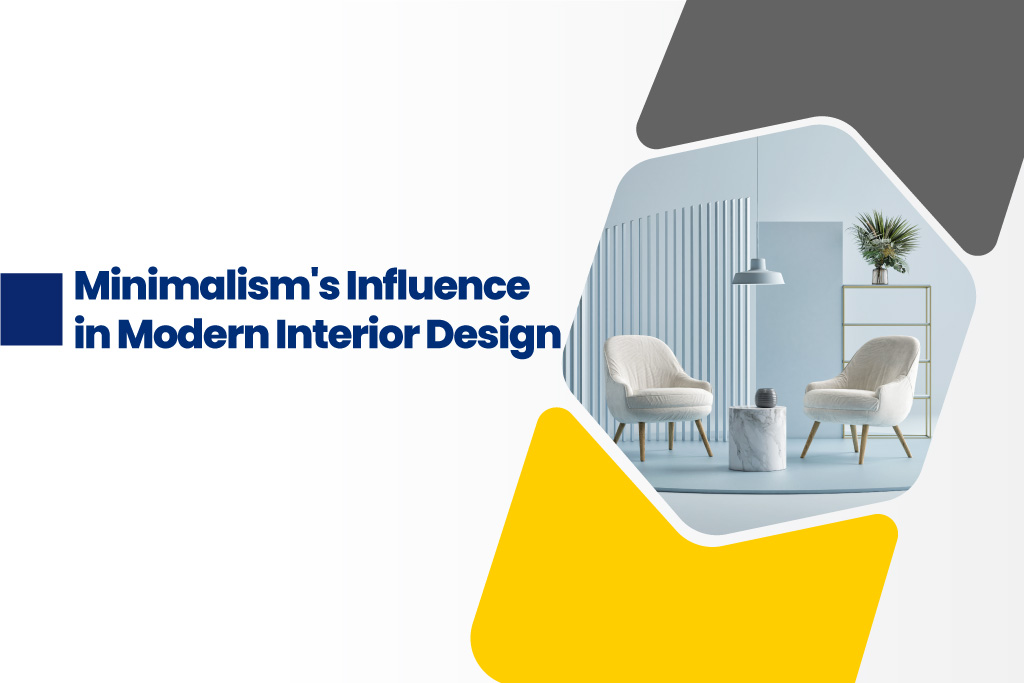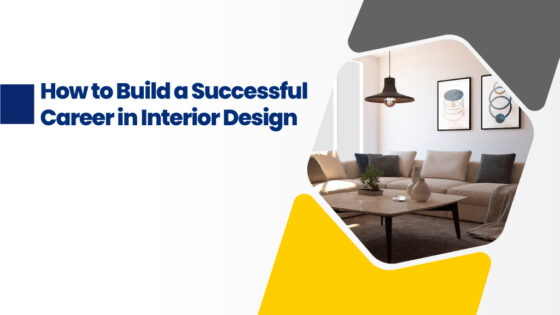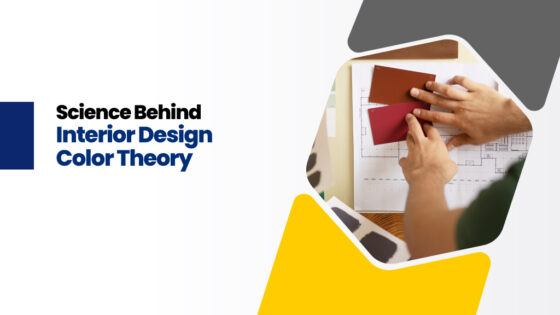In the consistently developing universe of inside plans, patterns go back and forth, yet one style that has endured for the long haul is moderation. Moderation isn’t simply a planned decision; it is a way of life that emphasizes functionality, beauty in clean lines, and simplicity. The way we approach interior spaces has changed significantly as a result of this design philosophy. In this blog, we will investigate the impact of moderation in inside plans and how it has changed living spaces into tranquil and mess-free.
What is a minimalist interior design style?
The vast majority are today acquainted with the idea of moderation, which includes stripping things down to their most essential structure. It can be used in everything from architecture and interior design to lifestyle and art.
Similar to modern interior design, minimalist interior design emphasizes simplicity and minimalism by utilizing only the essentials. It’s described by effortlessness, clean lines, and a monochromatic range with variety utilized as an emphasis. It typically incorporates an open floor plan, functional furniture, a lot of light, and the shape, color, and texture of a select few essential elements.
Multifunctional Furniture: The moderate plan puts serious areas of strength on usefulness. Furniture pieces are picked for their tasteful allure as well as for their common sense. Multifunctional furniture, for example, couch beds and end tables with capacity, are well-known decisions for boosting space in a moderate home.
Efficient Storage Solutions: Minimalism relies on clever storage solutions to maintain a clutter-free appearance. It is common practice to use wall-mounted storage units, hidden cabinets, and built-in shelving to conceal possessions and maintain a streamlined appearance.
Open Floor Plans: Open floor plans are a typical element in moderate homes. Eliminating superfluous walls and obstructions creates a feeling of extensive size and stream. In addition to improving aesthetics, this design decision promotes a more social and interconnected living environment.
Maximize the user’s creative potential: Minimalism is all about having what you need in your physical space and on your schedule. Visual clutter can easily distract and evoke more overwhelming feelings than productive ones. When confronted with constraints, it is a given that one creates and becomes more productive.
Better Usefulness: Moderation permits some different options from the space to be the concentration. The people in the room, for instance, or the view from the window may be more significant than the room’s decor. Each component in the room has an unmistakable reason, and its capability is of the most extreme significance. Lines, mass, color, and the overall design language all need to work well together. Every component has a desired function and a place in the space when it appears tranquil and peaceful. Better functional spaces are created by emphasizing clear views, open spaces, and simple forms. These elements add charm and a sense of luxury to spaces.
Create more visual interest: A space that has been designed in a minimalist manner does not mean that it lacks appeal. Their story is told through a play of materials or textures that catches the eye. Doors, windows, and even pieces of furniture can all play a role in defining a space. Against a muted background, a bright, bold wall feature or mural can become the space’s focal point. A good minimalist design emphasizes the smallest details, which are often overlooked but play a significant design role.
Clean, mess-free space: A cheerful and light atmosphere is created when there is a large open space with a lot of natural light flowing through it, some textures, and muted colors. The resident is happy, and the feel-good factor affects the user’s psychology when the user chooses colors, objects, and personalized items that become a necessity of the space. A sense of security, comfort, and belonging should also be promoted by every design decision made in that area.






